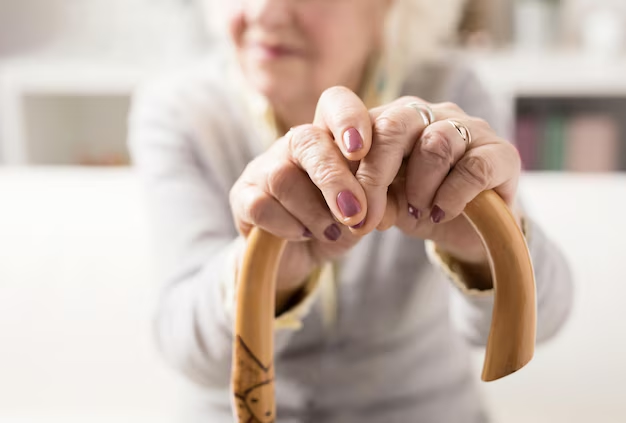Can Women Develop Parkinson's Disease?
Parkinson's disease—a progressive neurological disorder primarily characterized by tremors, muscle rigidity, and a host of motor control problems—is often associated with older men. But can women develop Parkinson's disease? The simple answer is yes. While more men than women are diagnosed with Parkinson's, it does not exclusively affect one gender. According to various studies, approximately 40% of Parkinson's patients are women, underscoring the broader reach of this condition.
Understanding Parkinson's Disease in Women
Parkinson's disease manifests similarly in both men and women, but there are nuances that might influence prevalence and progression. Hormonal differences are suspected to play a role, with particular attention to estrogen potentially offering some protective benefits against the disease. Symptoms also might present differently. For example, women are more likely to experience tremors, whereas men might experience more rigidity.
Diagnosing Parkinson’s in women can sometimes be more challenging. Women may experience non-motor symptoms earlier and more prevalently, including fatigue, depression, and anxiety, which can sometimes lead to misdiagnosis. Awareness of these nuances is important for proper diagnosis and treatment planning.
Financial Challenges and Support for Parkinson's Patients
Coping with Parkinson's disease involves not only managing health but also navigating financial challenges. The costs of medication, therapy, and potential job loss due to disability can be daunting. Fortunately, numerous financial assistance programs exist to alleviate some of these burdens.
Avenues for Financial Assistance
Government Aid Programs: Social Security Disability Insurance (SSDI) is crucial for those unable to work due to Parkinson's. For some, Supplemental Security Income (SSI) might be viable.
Nonprofit Organizations: Various foundations offer grants and support services for Parkinson’s patients, providing respite care or funding for necessary treatments.
Insurance Solutions: Understanding your health insurance policy is vital. Consider supplemental insurance to cover medication costs and treatments not fully covered by traditional policies.
Leveraging Educational and Debt Relief Resources
Beyond immediately evident financial support, consider broader financial health strategies:
Educational Grants: Some patients choose to pursue new careers adapted to their abilities. Numerous educational grants and vocational training programs are available for those redefining their professional life post-diagnosis.
Debt Relief Options: If debt becomes overwhelming, look into credit counseling or debt management services. Paying off high-interest debt can free up resources for medical costs.
Credit Card Solutions: Balance transfer credit cards with low interest can help reallocate financial priorities, managing medical expenses more effectively.
Proactive Management is Key
Managing Parkinson's requires a proactive approach not only to treatment but also to financial planning. Utilize available programs and strategies to manage both health and finances, enabling a more comfortable and proactive quality of life trajectory.
Below is a list of resources that may support those navigating the complexities of Parkinson's disease, particularly the financial aspects:
Financial and Educational Support Resources
- 💼 Social Security Disability Insurance (SSDI): Financial support for those unable to work due to disability.
- 🏠 Supplemental Security Income (SSI): Additional government assistance for eligible individuals.
- 🎗️ Nonprofit Foundations: Sources of grants and other forms of patient support.
- 📚 Educational Grants: For career retraining and vocational opportunities.
- 💳 Credit Counseling Services: Professional assistance in managing and consolidating debt.
- 🔄 Balance Transfer Cards: Reduce high-interest debt to prioritize medical expenses more effectively.
- 🛡️ Supplemental Insurance Plans: Cover additional treatment costs not included in your primary insurance.
Engage with these resources for comprehensive support in navigating the multifaceted challenges presented by Parkinson’s disease, ensuring both health and financial well-being.

Related Topics
- Are There Environmental Causes Of Parkinsons
- Can Alcohol Cause Parkinson's
- Can Concussions Cause Parkinson's
- Can Concussions Cause Parkinson's Disease
- Can Dogs Get Parkinson's Disease
- Can Dogs Get Parkinsons
- Can Dogs Have Parkinson's
- Can Dogs Have Parkinson's Disease
- Can Head Trauma Cause Parkinson's
- Can Parkinson Disease Cause Dizziness